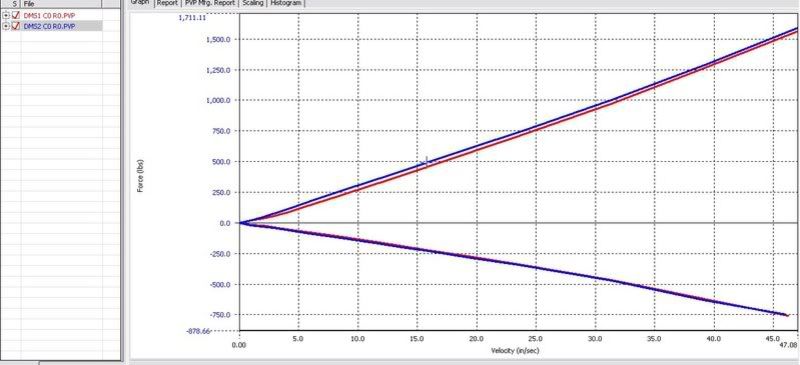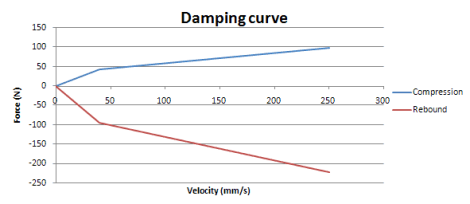
First of all, a quick apology for the previous Project Forester post as I think there was a bit of confusion from the post. Re-reading the comments, I get the feeling that some of you believe I’m trying to build a rock crawling or quasi rock crawling suspension for the Forester. I have no such intentions.
My intentions are much closer aligned to building a set of coilovers for performance reasons (as in, better ride and off-road handling) than for “serious” off-road work such as crawling. (Also, because I find the field to be fascinating.) While increased clearance and travel will be a part of the spec, the centerpiece of my hypothetical Forester coilover lies in the damping curve so that I can go a bit faster on some of the rougher trails without feeling like I’m shaking the car to pieces.
See, the Forester suspension is street oriented. A good street setup, even something that is more comfort oriented, is set up very differently from that of a good off-road setup.

On pavement, each bump is often an isolated event. The car hits a bump, the suspension soaks it up and settles back down, and the car travels for a distance before hitting the next bump. For such situations, you generally want a bit more rebound damping than compression damping as compression damping primarily controls the unsprung weight while rebound damping primarily controls the sprung weight, and there is a lot more sprung weight. Shown above is an example tarmac oriented damping curve. While how much higher rebound should be over compression is subject to much debate and black magic, it’s generally accepted that rebound will be higher, to a degree. The relatively higher rebound allows the suspension to keep the body in control, giving responsive handling.

By contrast, on trails, you’re often hitting a continuous series of bumps and the suspension never quite settles. In such a situation, the name of the game is isolation and the setup is very different from that of a tarmac suspension. In my opinion, the setup is almost opposite! As shown in the example rally damping curve above (taken from a dyno of a DMS coilover), compression damping is much higher than rebound damping. In fact, while the tarmac example has rebound damping about twice that of compression damping, the rally example has compression damping about twice that of rebound damping! That’s because, with the constant amount of bumps, the suspension is primarily trying to control the wheel motion while allowing the body to sort of float in the air, isolated from all the bumps, instead of trying to control the body motion resulting from each bump event. This of course, allows you to go faster on surfaces such as corrugations while lessening the feeling that you’re about to shake your car to pieces. Additionally, there are also other interesting differences between the rally damping curve and the tarmac damping curve that we can discuss.
If my explanation is crappy (and I accept it might be), I’ll have Shaikh of FatCatMotorsports explain the differences. I worked with Shaikh on my RX-8 coilovers and I have to say that Shaikh has a deep passion for understanding vehicle dynamics and explaining them well.